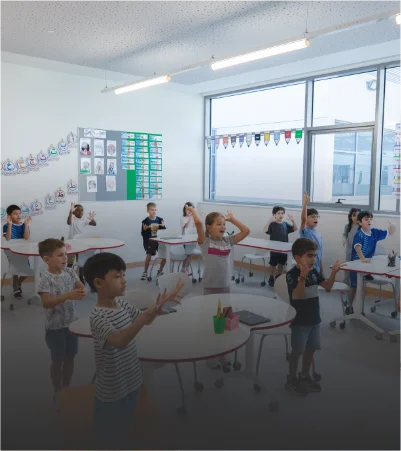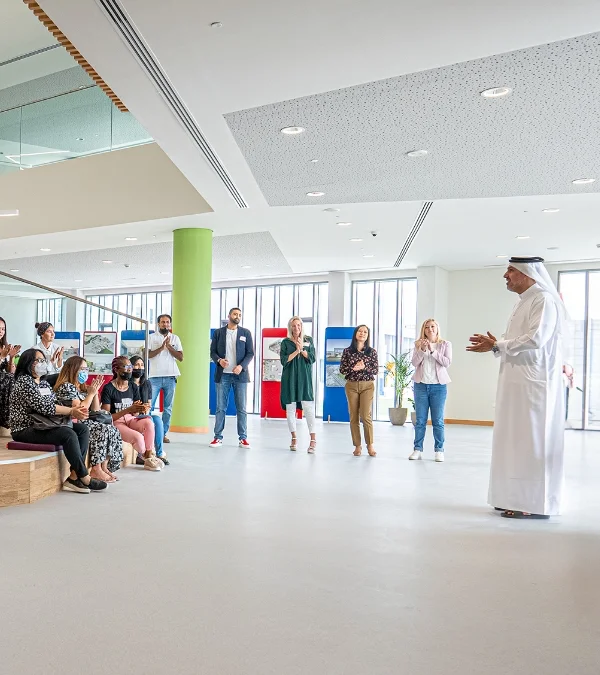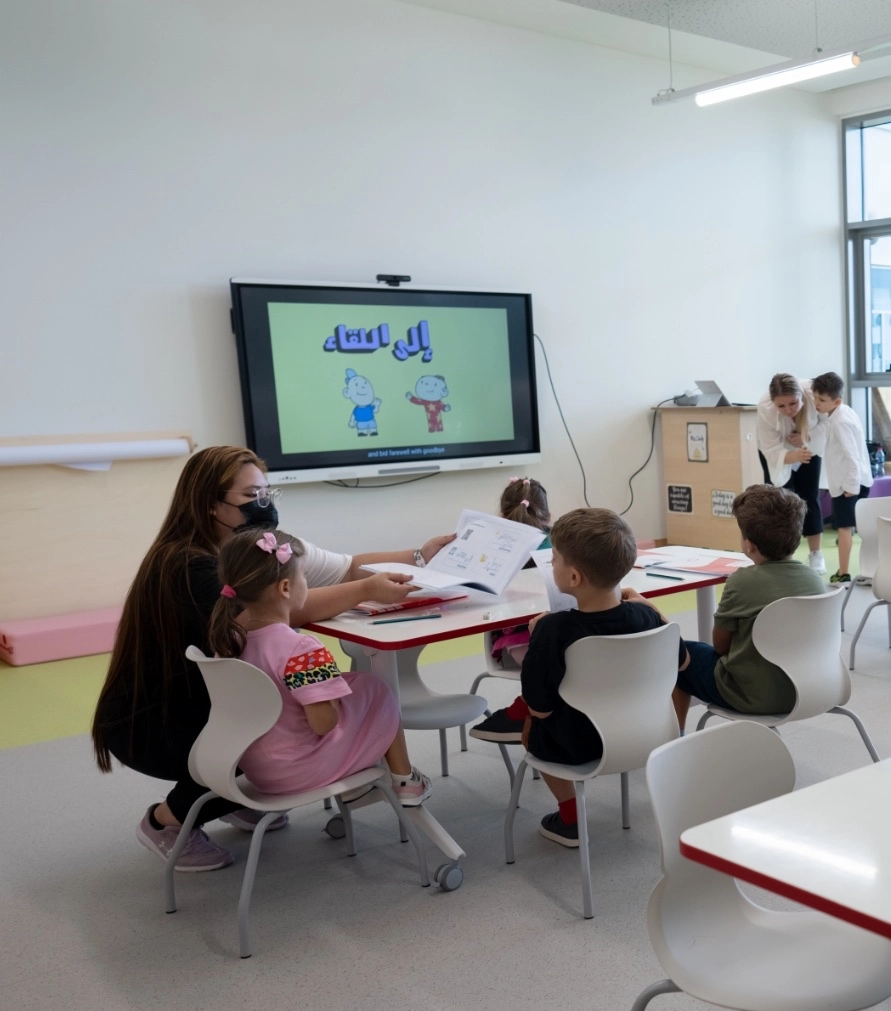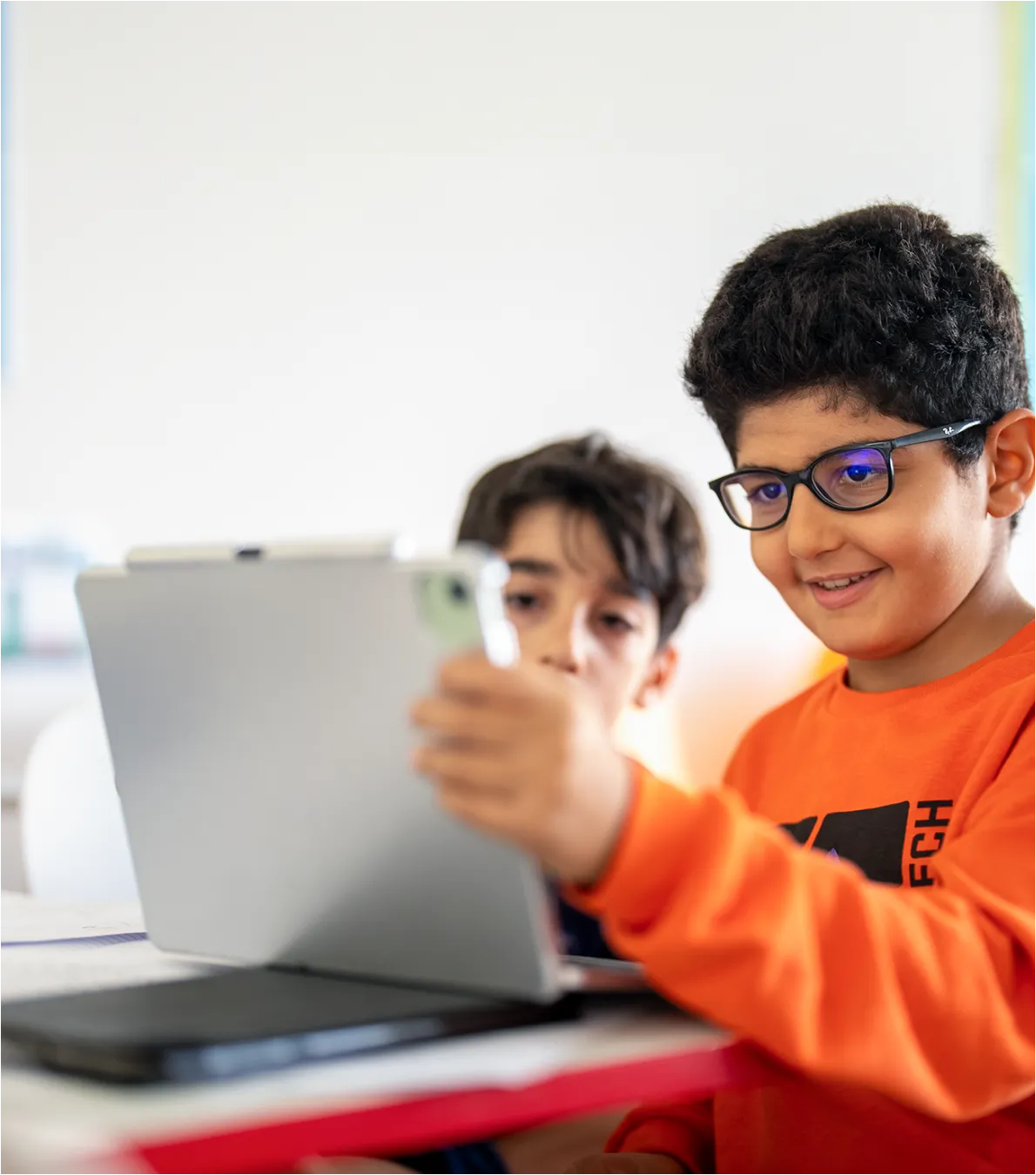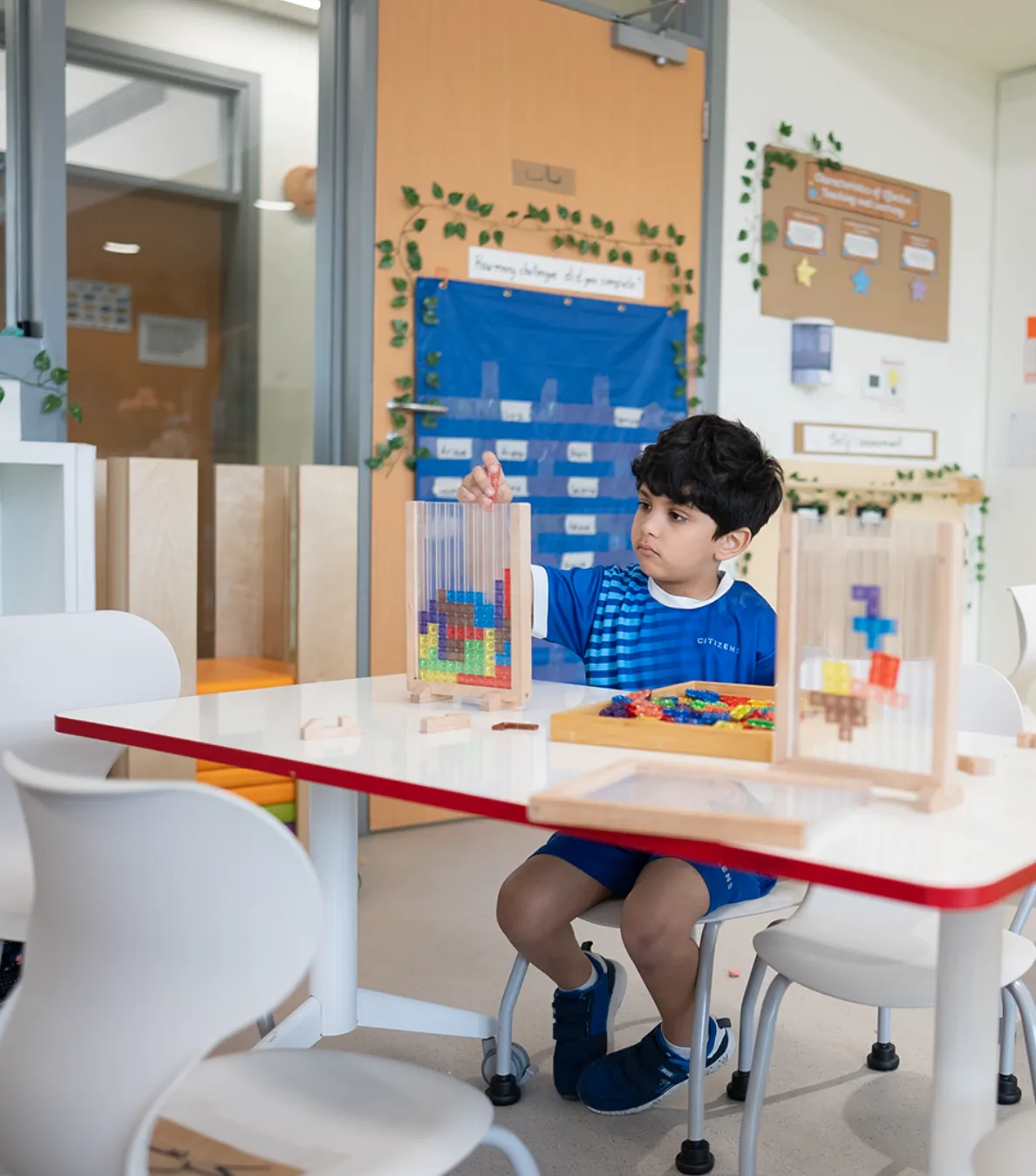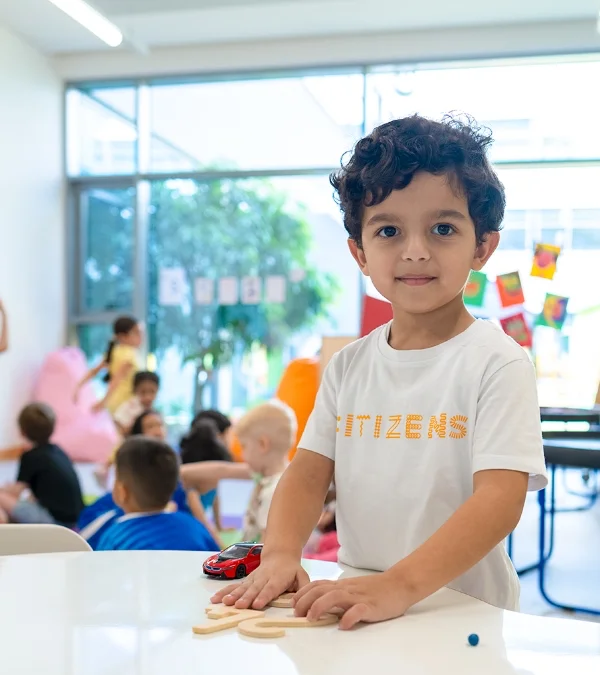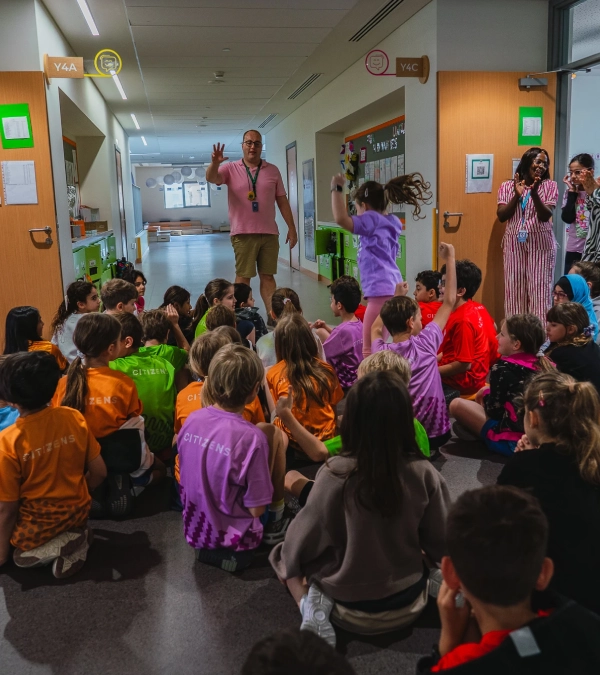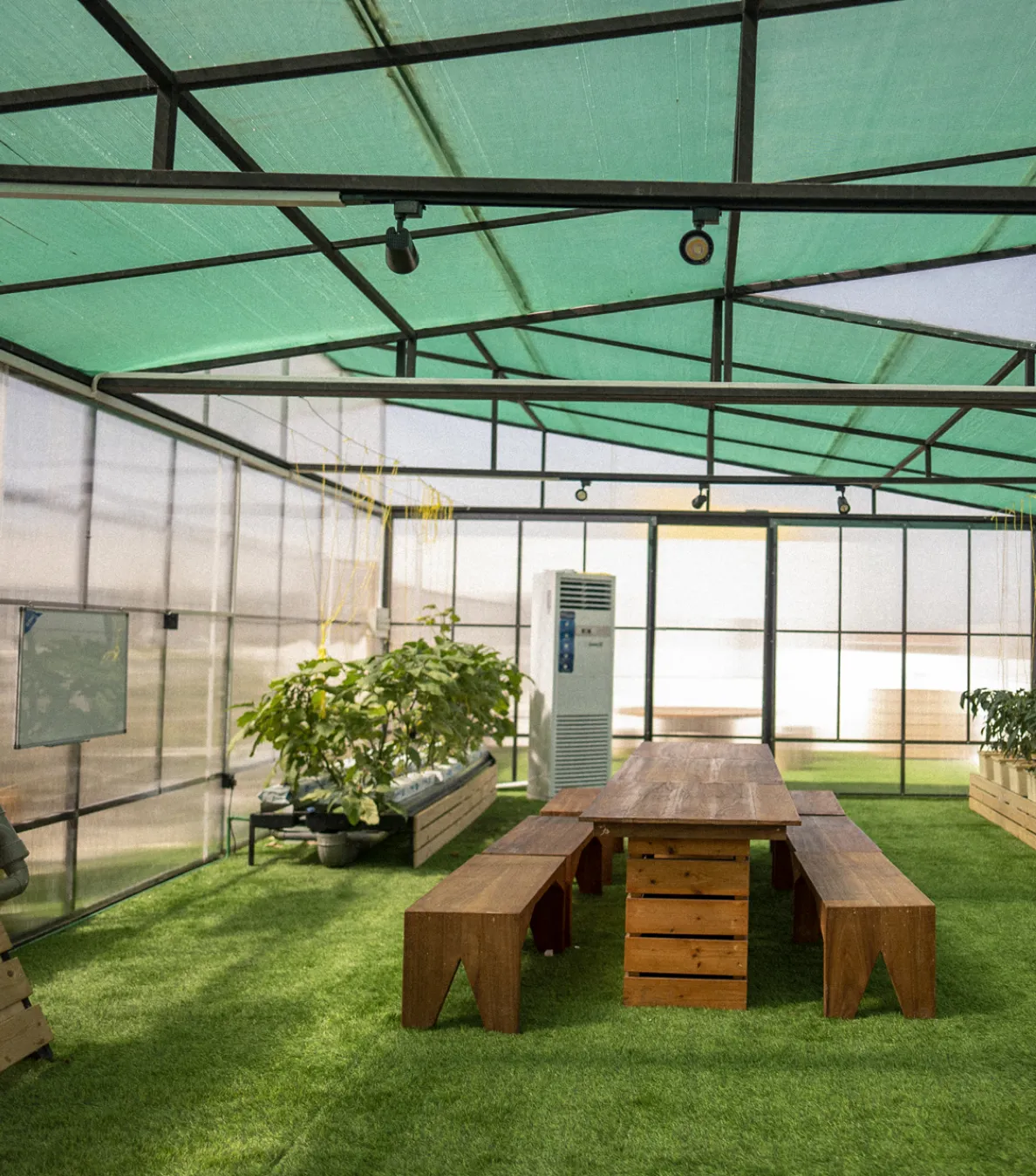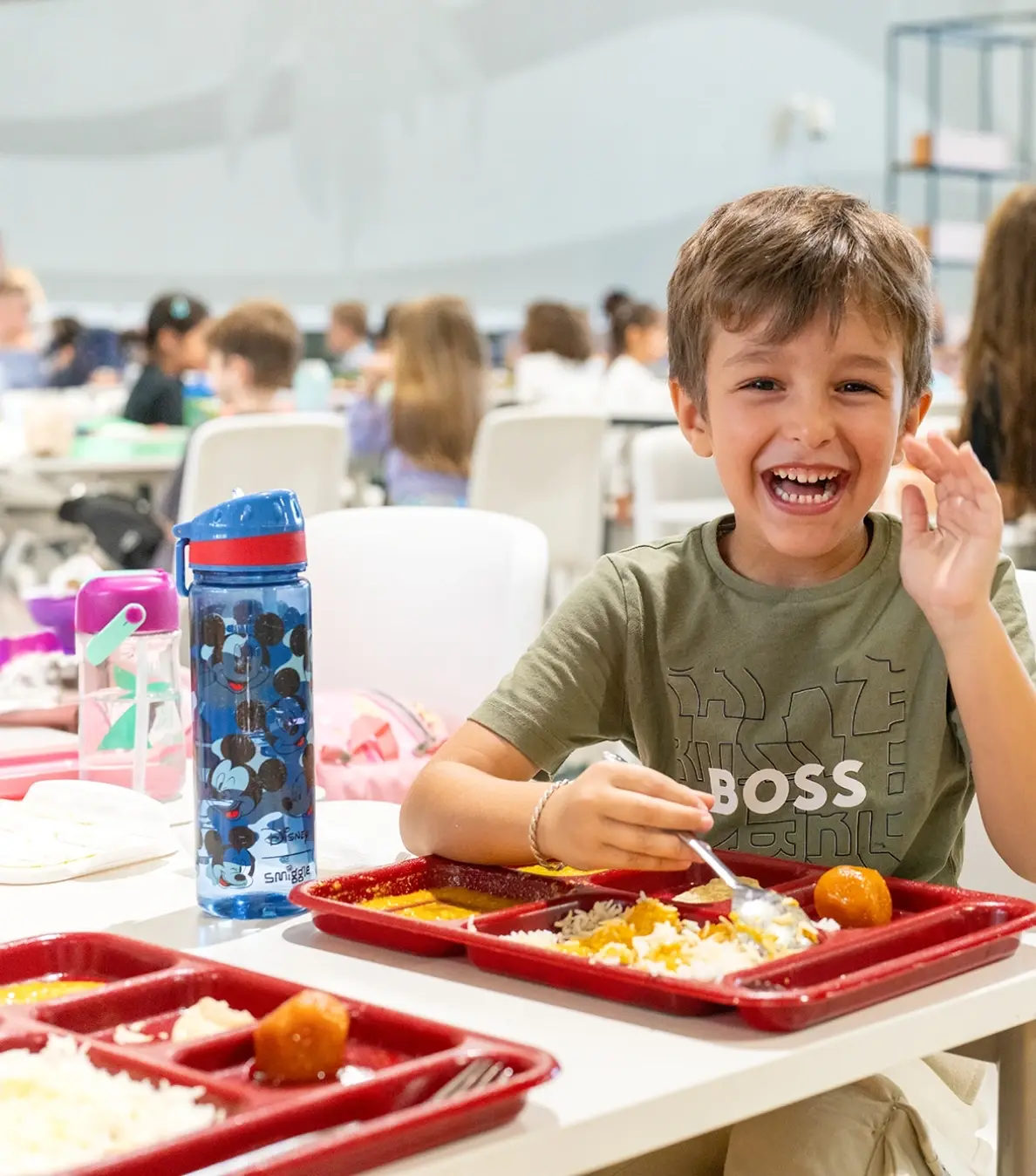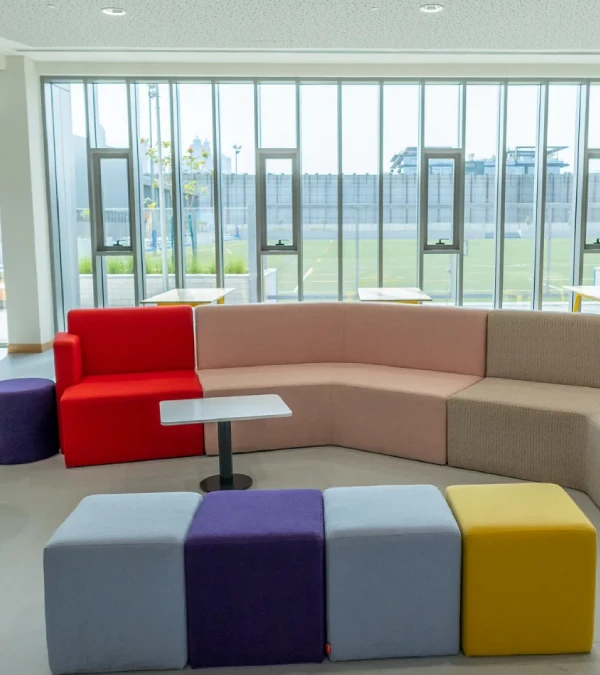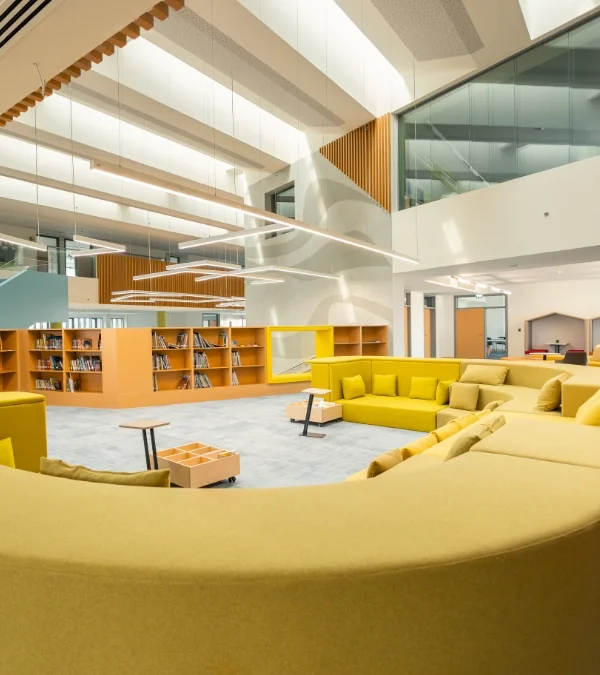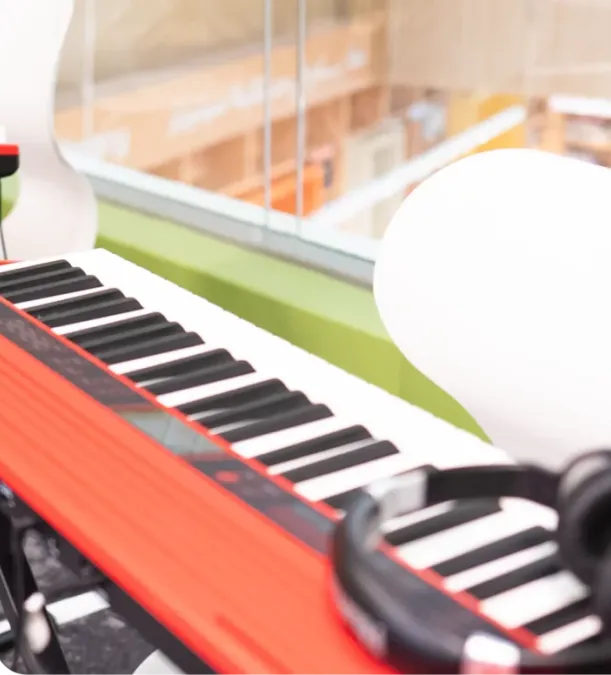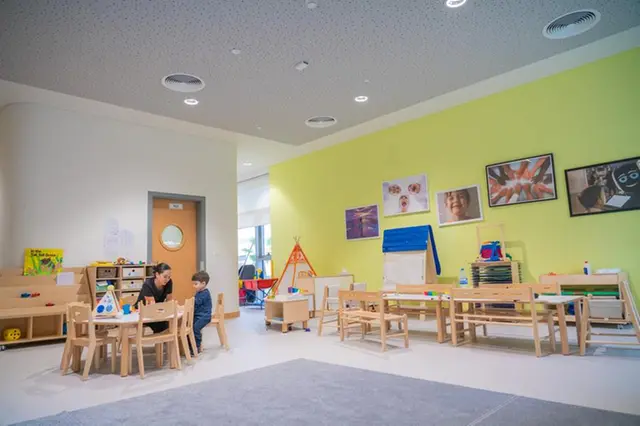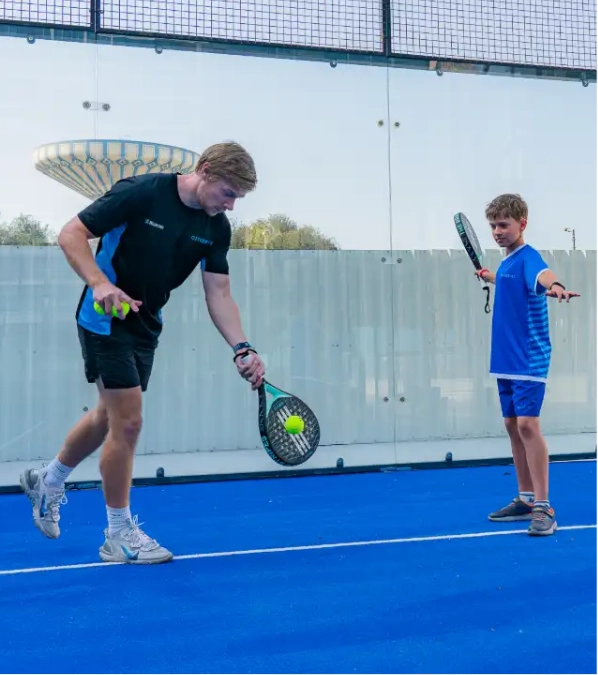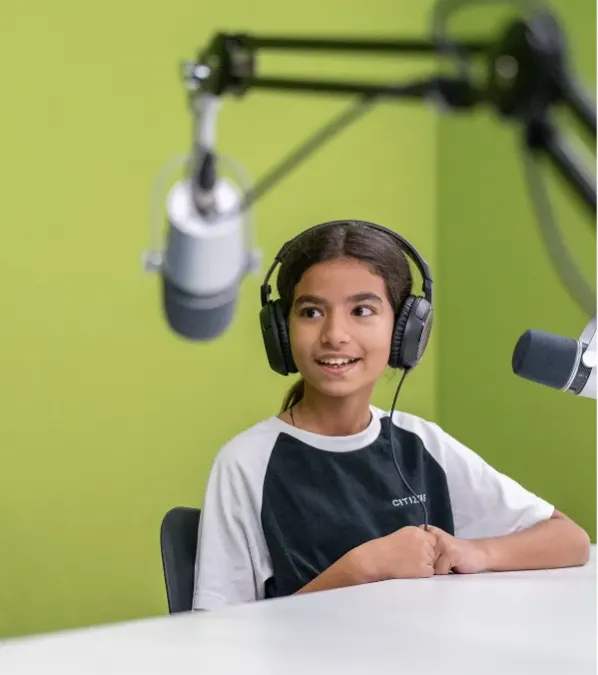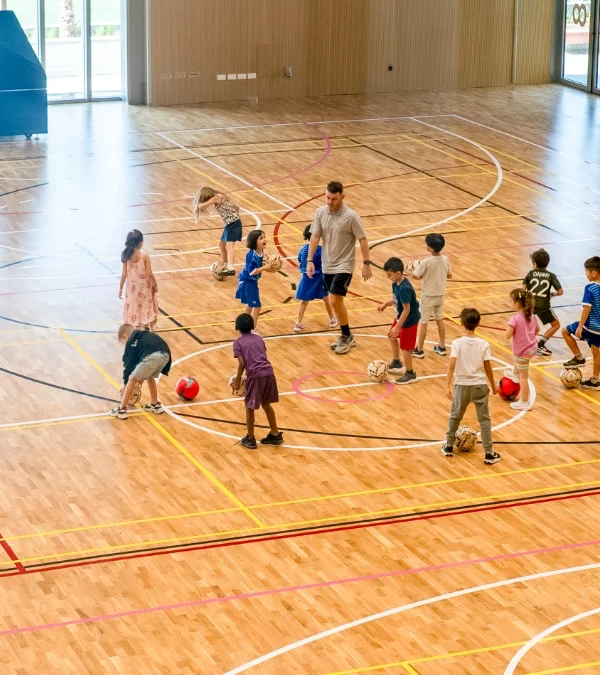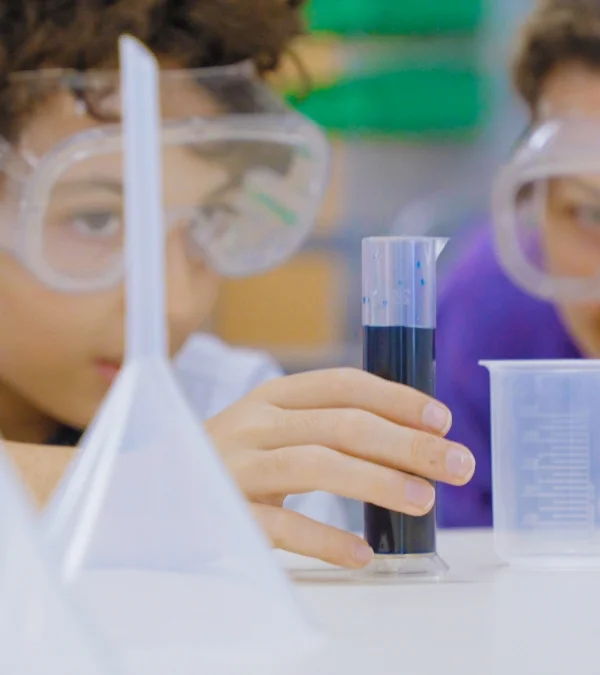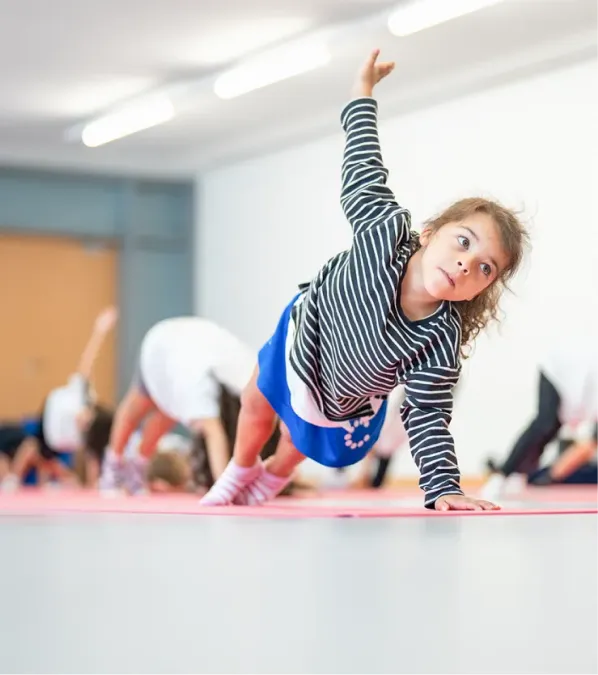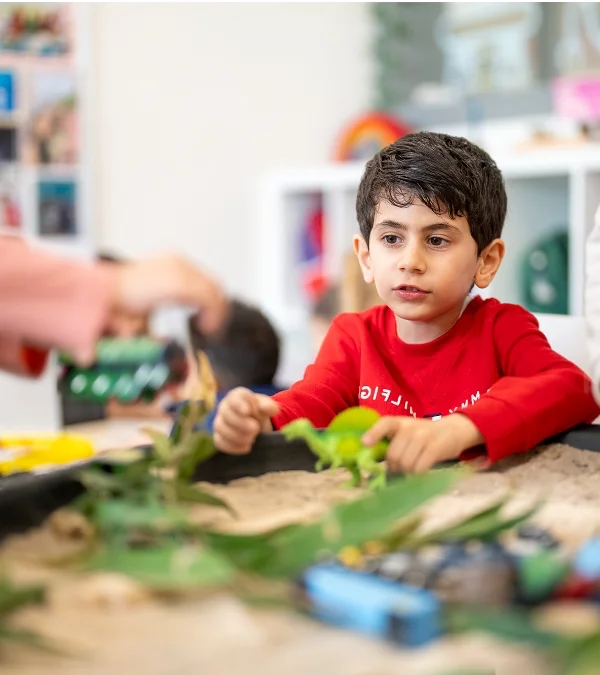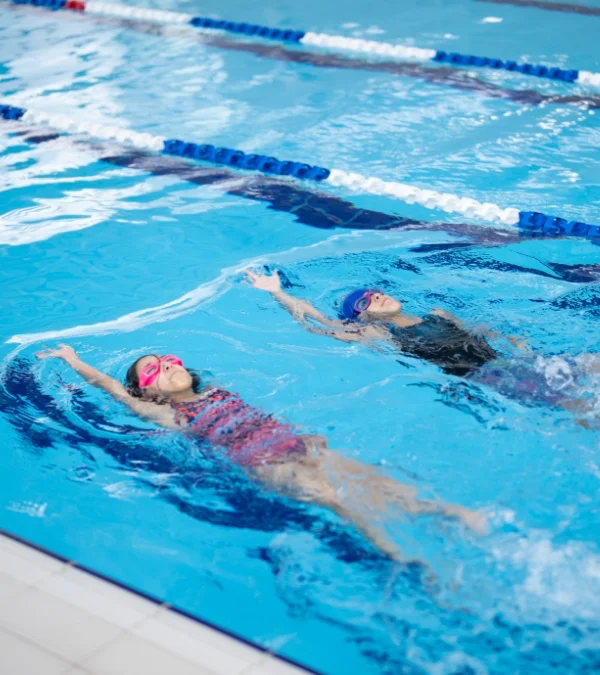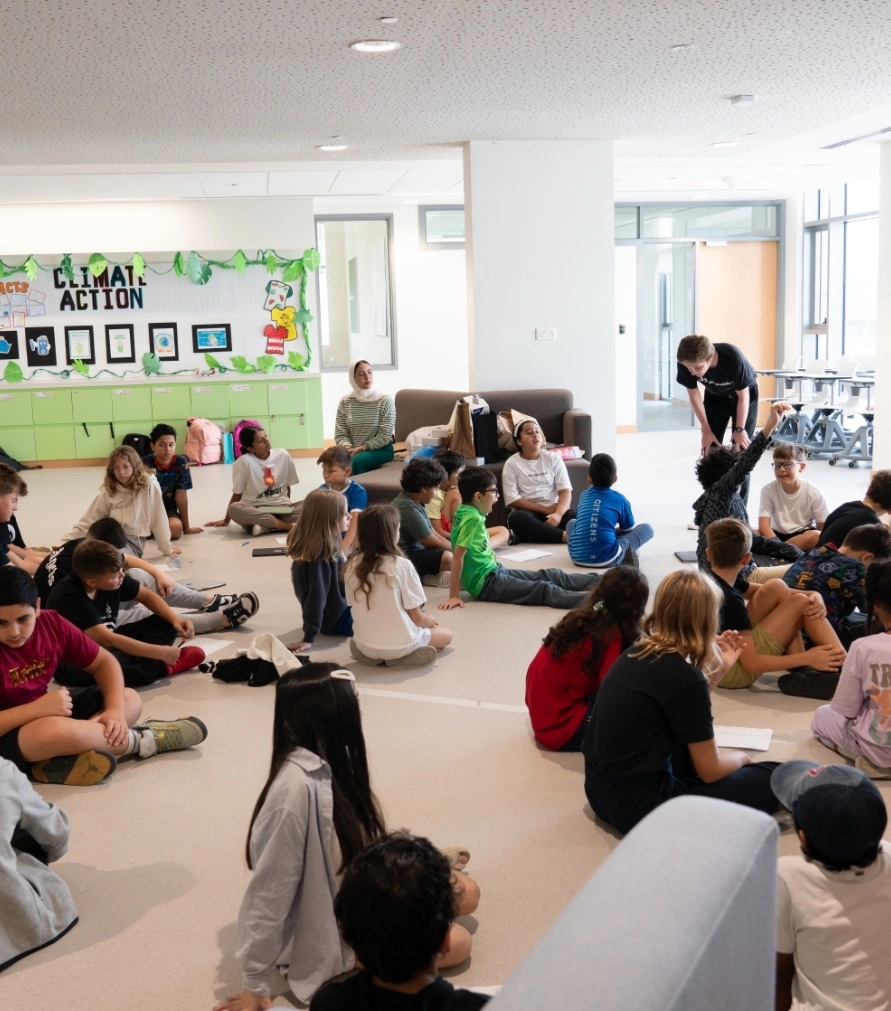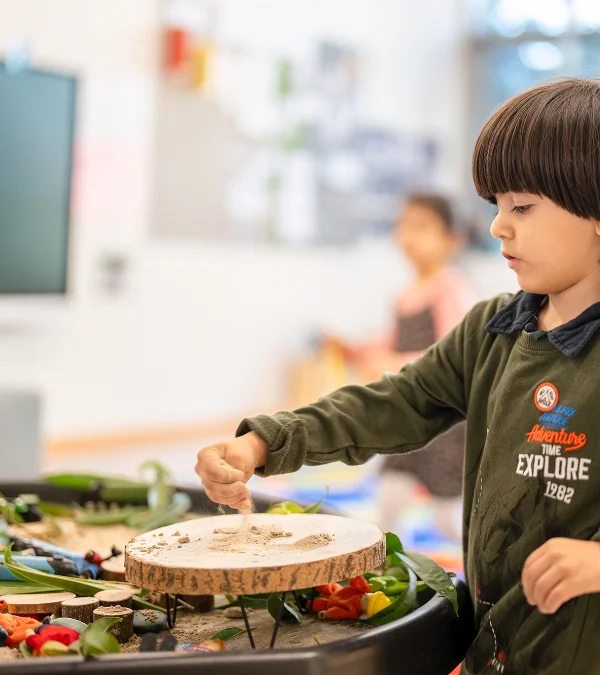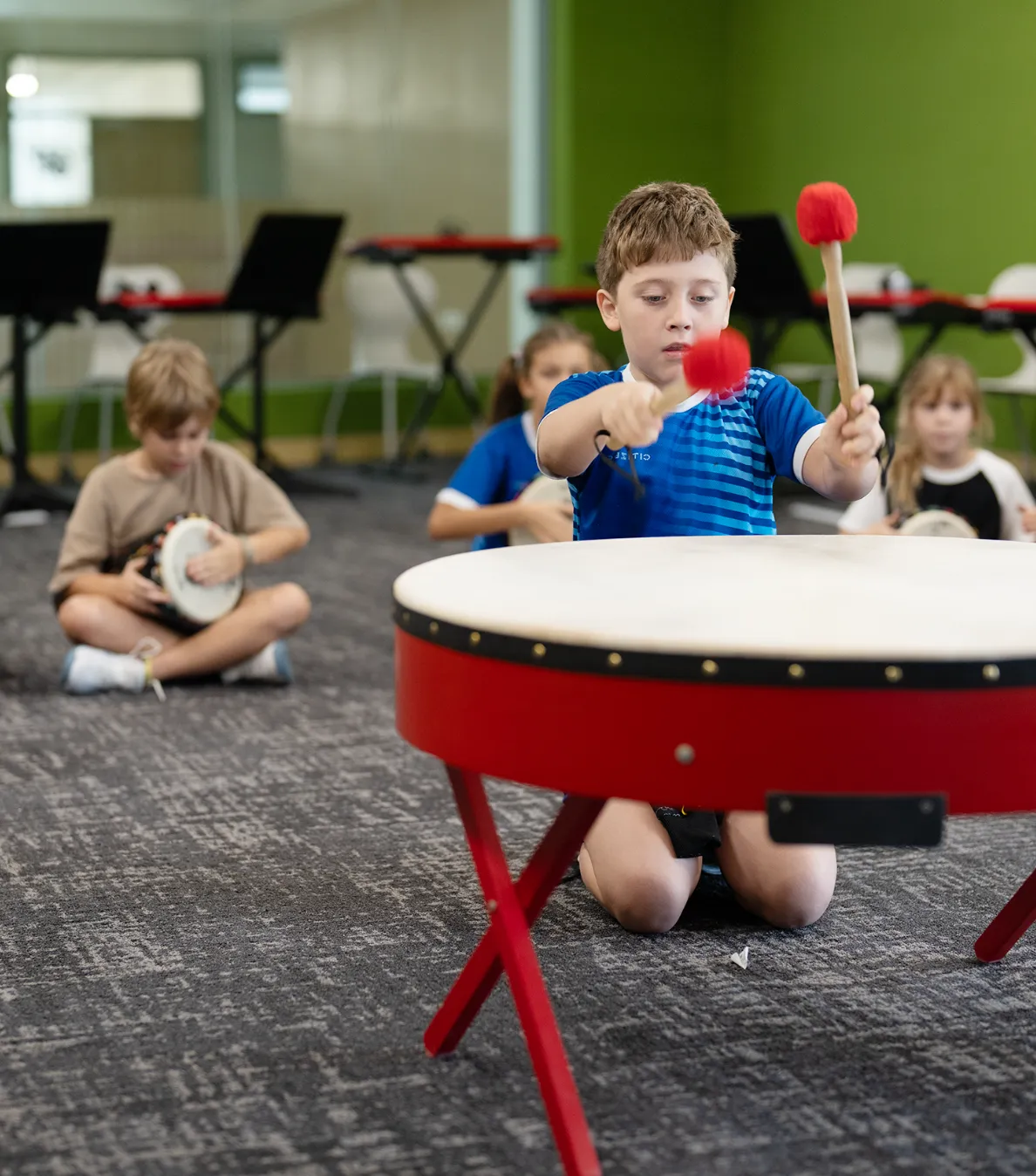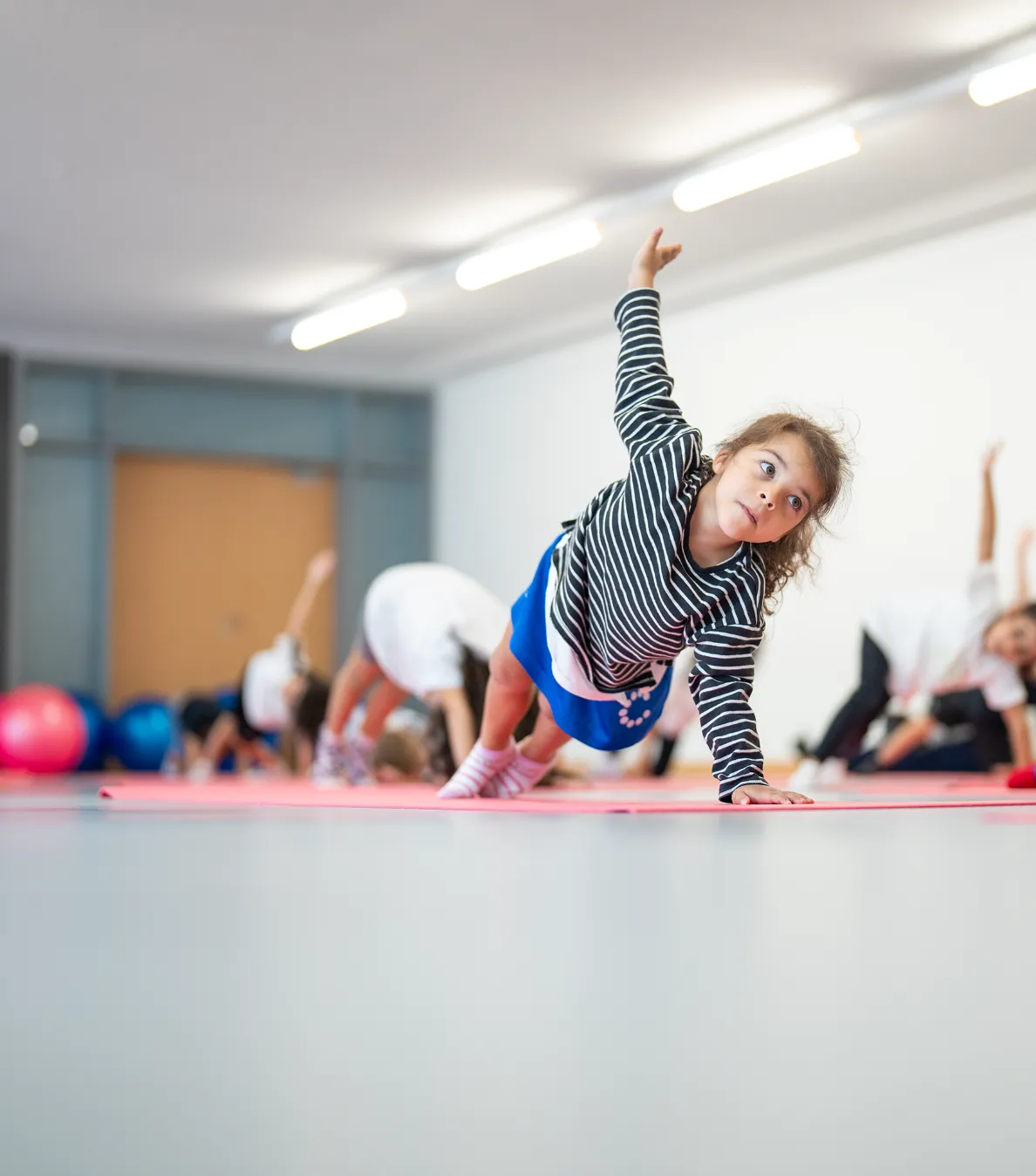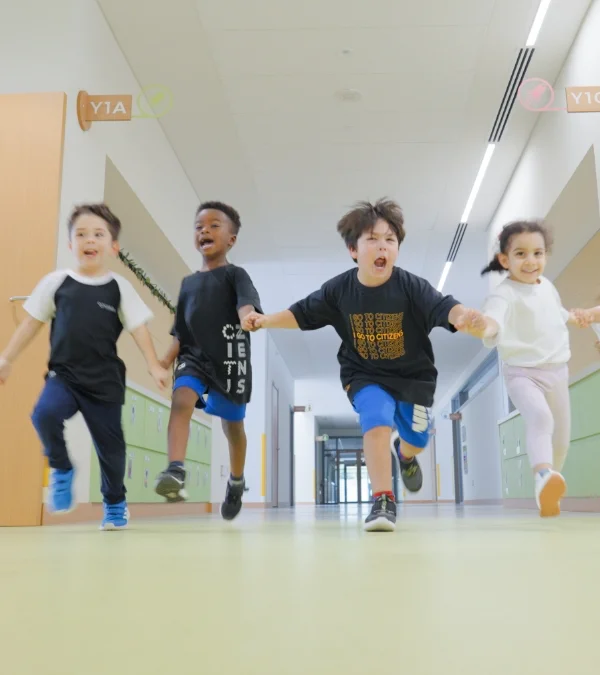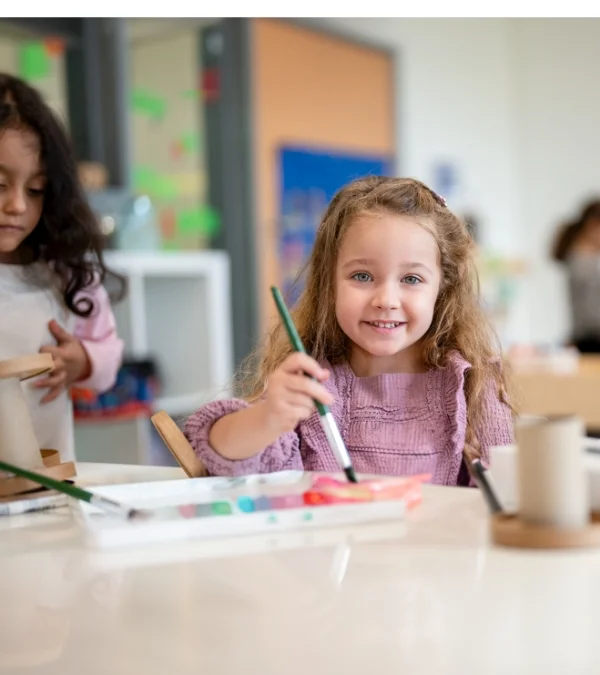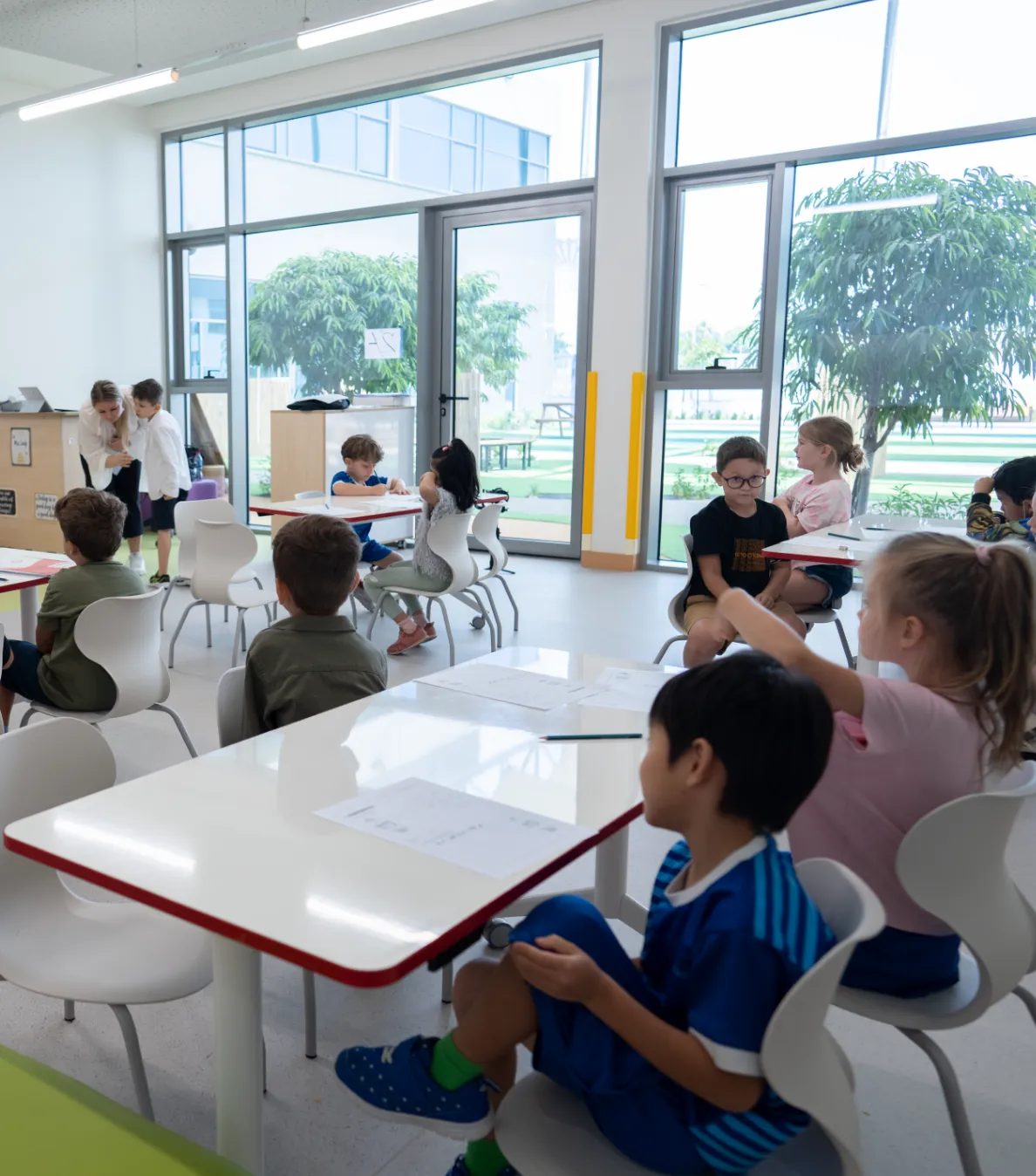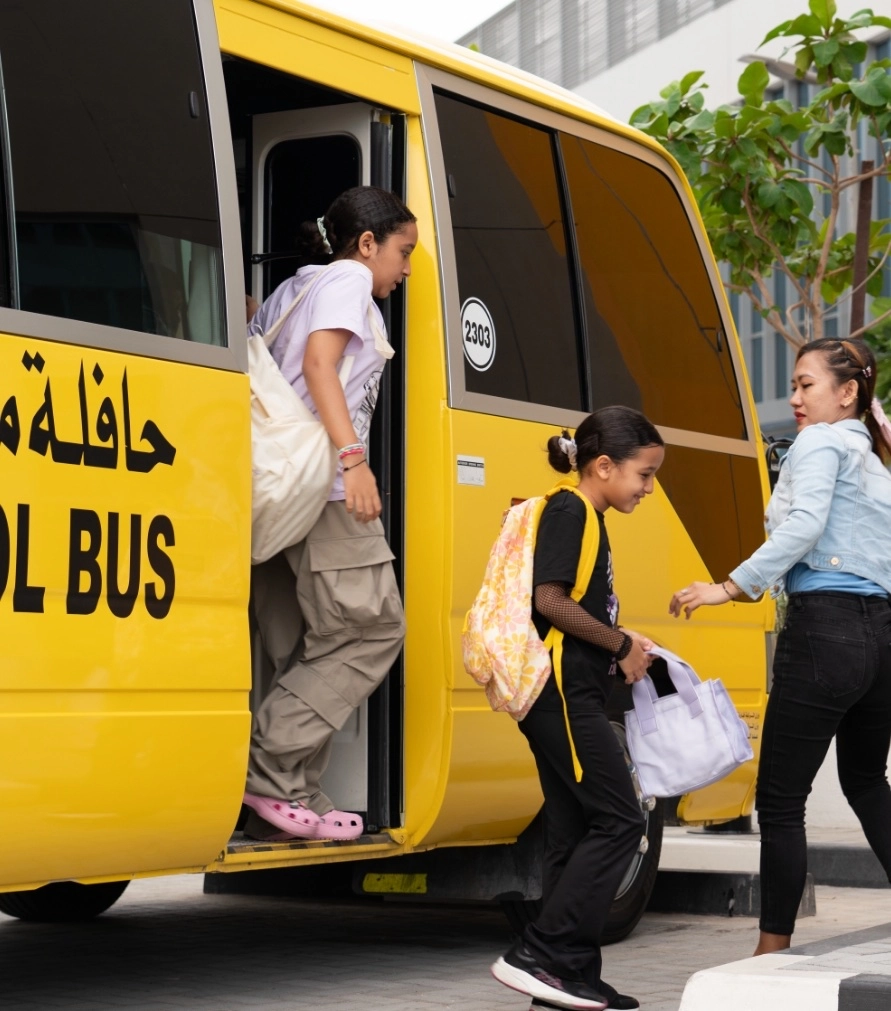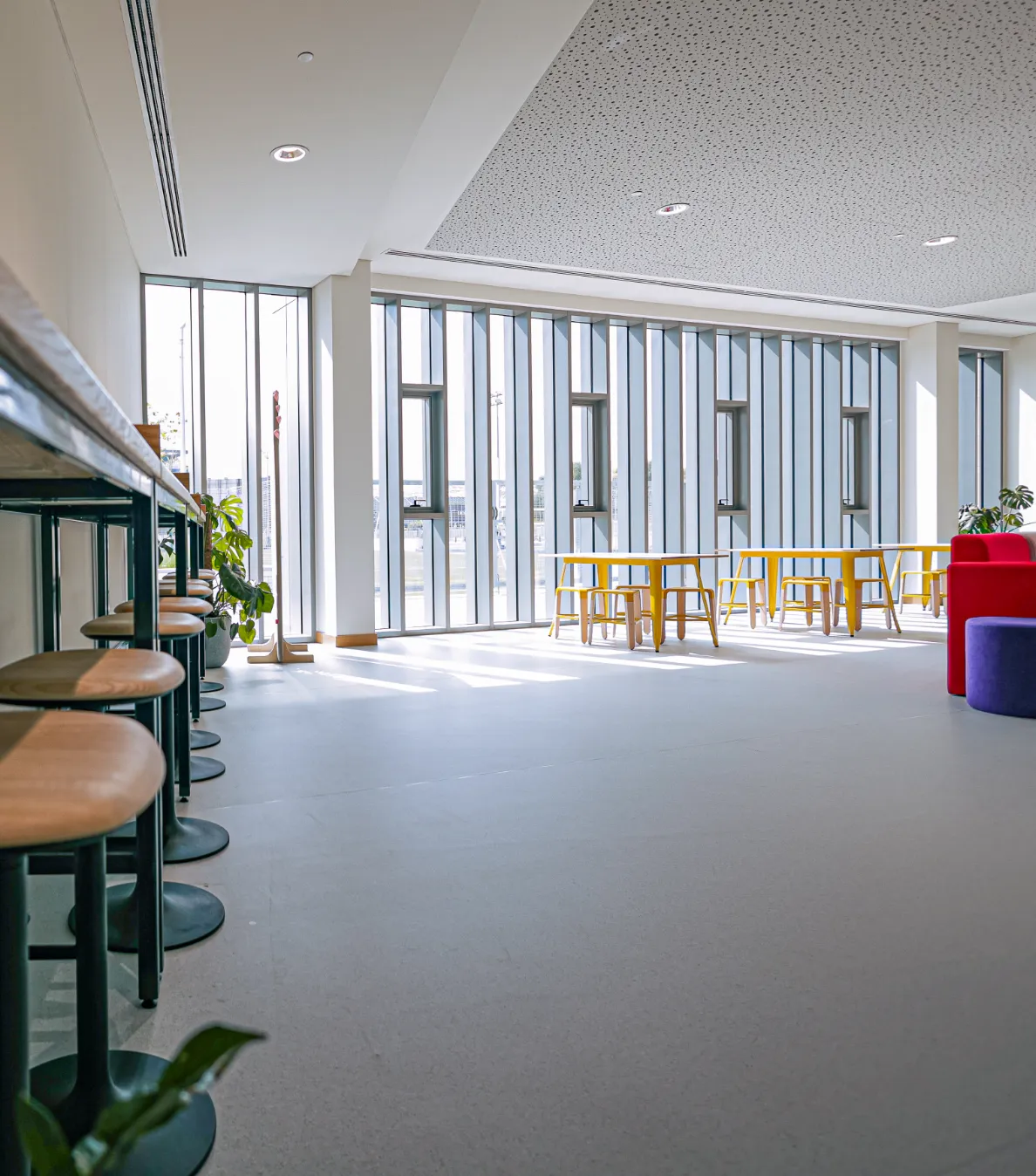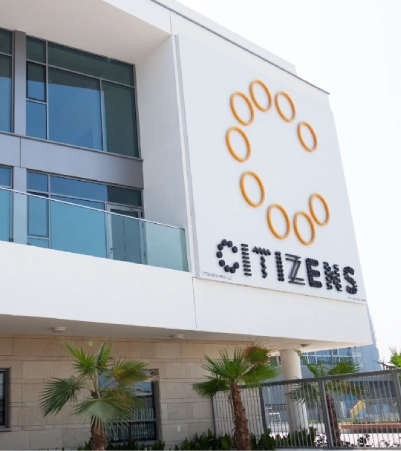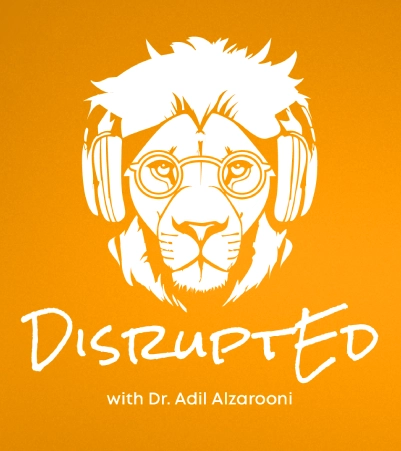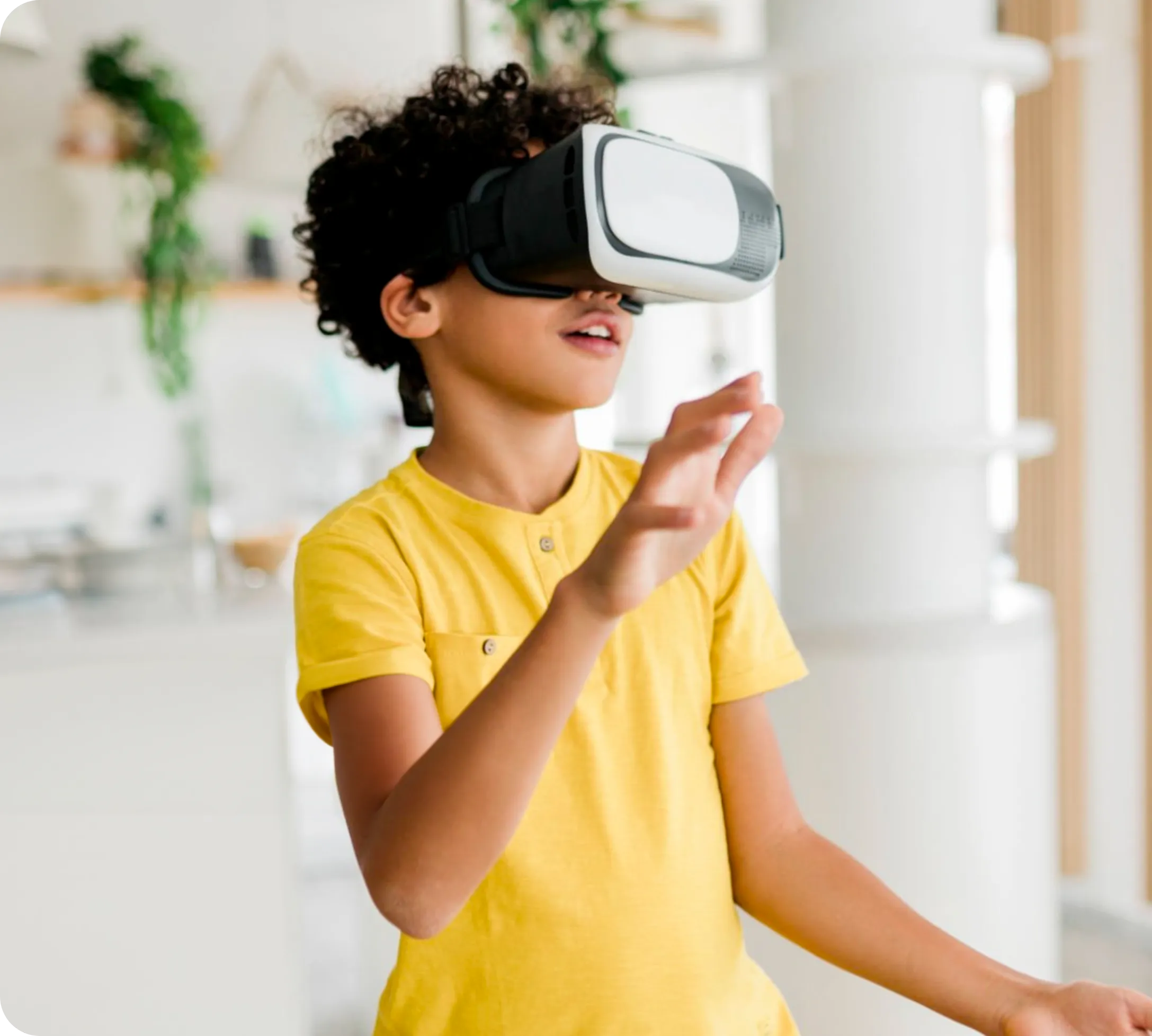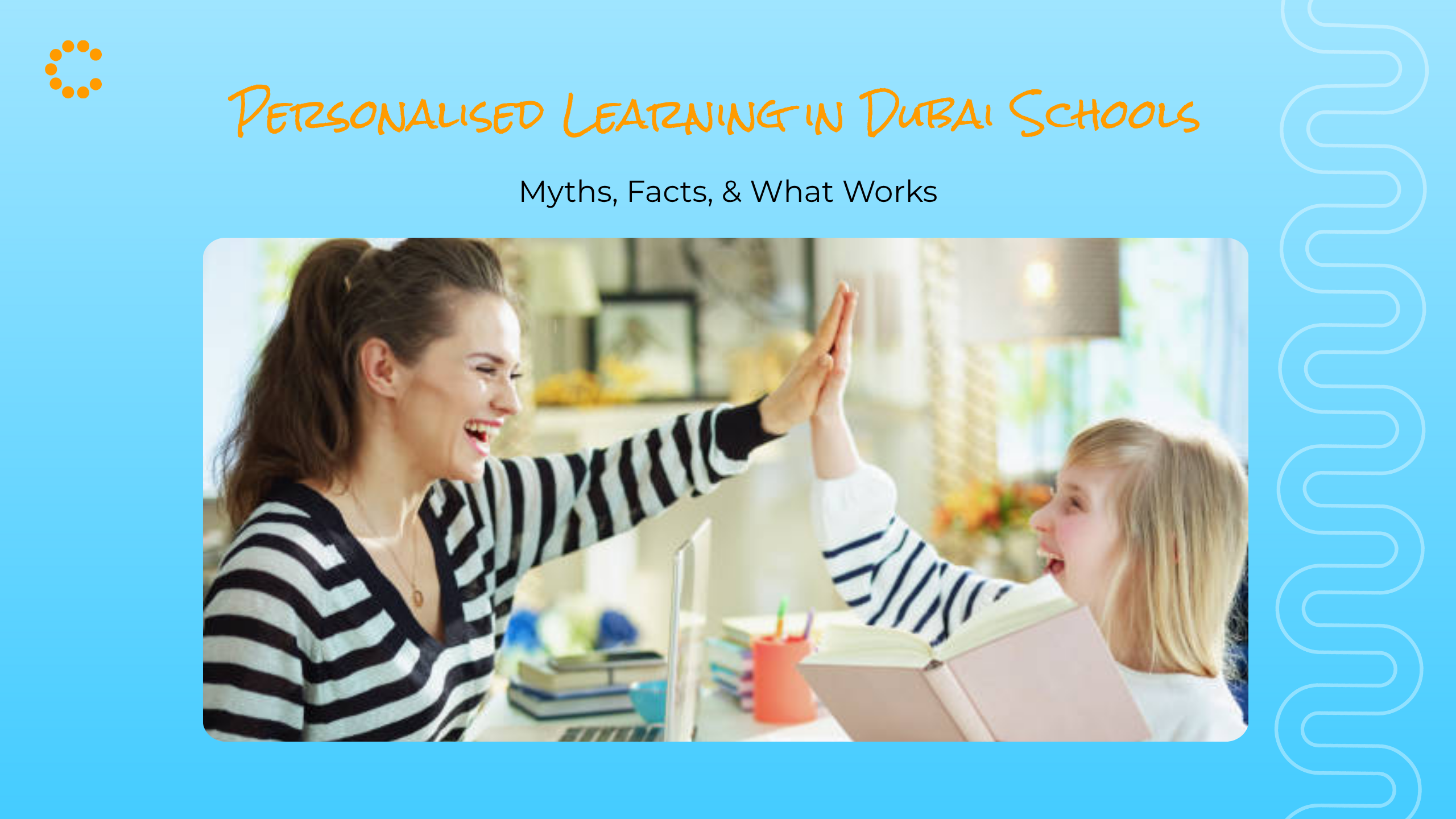
Personalised Learning: Myths, Facts, and What Really Works
Personalised learning in Dubai schools is often misunderstood as just another trend. In reality, it marks a fundamental shift in how schools approach teaching. At its core, personalised learning means adapting the pace, approach, and context of education to match each learner’s needs, interests, and aspirations. It acknowledges that no two learners progress in exactly the same way.
This approach matters because traditional “one-size-fits-all” methods often leave some children disengaged while others feel unchallenged. According to a report, educators worldwide wish for extra time to meet the individual needs of every learner. Additionally, over two-thirds feel their education isn’t evolving to meet workplace needs. This gap has a long-term impact on motivation, retention, and academic confidence.
At Citizens School, every child is recognised as a unique learner. The school’s philosophy is built on inclusivity, a growth mindset, and well-being. These values affirm that learning is not only about academic achievement but also about nurturing curiosity, resilience, and self-awareness through individualised instruction and meaningful experiences.
Common Myths About Personalised Learning
Despite its growing recognition, myths about personalised learning still persist. Misconceptions can dilute its true potential, making it important to separate fact from fiction.
Myth 1: It’s all about technology
Personalised learning is not just about apps, AI, or online tools. While technology can make learning more accessible and adaptable, it is not the foundation. True personalisation starts with human connection — mentors who know their learners and learners who help shape their own journey.
Myth 2: It means children learn alone
Some assume that personalisation equals isolation. In reality, collaboration, dialogue, and peer-to-peer interaction are essential. Children share ideas, engage in discussions, and work together on projects that reflect their individual interests. It builds social skills and peer connections alongside academic growth.
Myth 3: Every child has a completely different curriculum
Personalisation doesn’t abandon shared goals. earners still work towards common learning outcomes like literacy, numeracy, and critical thinking. Although their pathways may differ. Some might need extra time with concepts, while others dive deeper into areas of passion. This balance ensures that tailoring learning to students does not compromise core standards.
When these myths are set aside, it becomes clear that personalised learning is about equity and agency. It meets children where they are and guides them toward growth in ways that feel relevant and meaningful.
What Effective Personalised Learning Looks Like
When implemented properly, personalised learning is more than just a teaching strategy. It represents evidence-based education that blends structure with flexibility, ensuring learners feel both supported and empowered. Here’s what effective personalised learning looks like in practice:
- Learner Agency: Children are not passive recipients of knowledge. They are given opportunities to make choices in how they learn, demonstrate understanding, and set goals. This sense of ownership strengthens motivation and builds responsibility for their learning journey.
- Differentiated Instruction: No two learners grasp concepts in the same way. Effective personalisation allows mentors to adapt content, teaching methods, and expected outcomes based on students’ readiness, interests, and learning profiles. It’s not about lowering standards but rather about making learning accessible and meaningful for every child.
- Flexible Pacing: Personalised learning respects the fact that mastery takes time. Some children may need extra practice to strengthen their foundation, while others are ready to move ahead. By removing the rigid timelines of “one-size-fits-all” learning, learners gain confidence and avoid unnecessary gaps.
- Real-World Relevance: When lessons connect to everyday life or personal passions, they stick. Linking concepts to real-world applications with the help of projects, case studies, or creative exploration helps learners see why what they’re learning matters beyond the classroom.
Together, these elements create an environment where learning is purposeful, engaging, and deeply personal. It’s not about customising every detail for each student; it’s about designing a framework that respects individuality while keeping collective goals in sight.
The Role of Educators
Personalised learning is often misunderstood as a learner-driven process alone, but mentors are at the heart of making it effective. Their role shifts from simply delivering content to guiding, mentoring, and coaching learners as they navigate their individual paths.
- Facilitators of Learning: Mentors create opportunities for exploration rather than dictating a fixed route. They design activities where children can make choices, ask questions, and take ownership, while still ensuring core learning goals are met.
- Mentors Who Understand Growth: Through close observation and regular interaction, teachers identify not just what a child knows, but how they learn best. This deeper understanding allows them to offer encouragement, provide scaffolding, and help learners stretch beyond their comfort zones.
- Using Formative Assessment Wisely: Instead of relying only on grades or exams, mentors employ ongoing assessments, quizzes, reflections, and peer reviews to track progress. This continuous feedback loop highlights growth over time and helps identify when a learner needs extra support or is ready for advanced challenges.
- Creating a Supportive Culture: Perhaps most importantly, mentors create an environment where mistakes are seen as part of the process. By normalising trial and error, they encourage resilience and show learners that setbacks are opportunities to learn, not reasons to stop trying.
In this way, mentors become anchors of personalisation, blending academic expertise with empathy and insight. They ensure that children don’t just meet learning targets but also build the confidence, adaptability, and curiosity needed to thrive.
How Citizens School Brings Personalised Learning to Life
At Citizens School, personalisation is an everyday practice.
- Entrepreneurship Skills: Learners are encouraged to think like problem-solvers. Rather than following set answers, they explore tailored challenges that push them to design solutions, take risks, and build resilience.
- Inquiry-Based Curriculum: Learning begins with curiosity. Learners are given the freedom to ask questions, investigate topics that spark their interest, and pursue answers in ways that reflect their unique style of learning.
- Project-Based Learning: Instead of rote tasks, learners work on meaningful projects that connect to real-world issues. These projects allow learners to use their strengths, whether it’s creativity, analysis, or communication, while also building collaboration skills.
- Digital Literacy: Technology is used as an enabler, not a distraction. Learners access diverse tools and platforms to customise how they learn, but with clear guidance on balancing screen time, safety, and wellbeing.
- Everyone Known & Known Well: Personalisation is also about relationships. At Citizens, mentors develop strong connections with learners, understanding their passions, struggles, and aspirations. This insight ensures every child feels supported, recognised, and capable of growth.
By combining these approaches, Citizens School creates a learning environment that is both structured and flexible, where children meet academic goals while discovering who they are as learners and individuals.
Supporting Personalised Learning at Home
Personalised learning doesn’t stop at the school; it thrives when reinforced at home. Parents play a key role in creating an environment where children feel empowered to explore, reflect, and grow. A few simple practices can make a big difference:
- Notice and Nurture Interests: Pay attention to what excites your child, whether it’s building with blocks, drawing, coding, or storytelling. Encouraging these interests signals that their passions matter and can be gateways to deeper learning.
- Offer Choices: Choice builds ownership. Allow your child to pick between different books, formats (audiobook, digital, or print), or even project topics. Small decisions like these give them control over how they learn.
- Celebrate Effort Over Grades: Shift the Focus from Marks to Milestones. Acknowledge persistence, creativity, and problem-solving, even when results aren’t perfect. This reinforces a growth mindset and reduces fear of failure.
- Encourage Reflection: After finishing a task or overcoming a challenge, ask questions like, “What did you enjoy most?” or, “What would you do differently next time?” Reflection builds self-awareness and helps children become active participants in their own learning journey.
When home and school align in valuing curiosity, choice, and growth, children begin to see learning not as a chore but as an ongoing, self-driven adventure.
Real-World Benefits for Children
Personalised learning equips children with skills that extend well beyond academia. By engaging with learning in ways that reflect their interests and pace, they develop:
- Lifelong Learning Habits: They develop a natural curiosity that motivates them to continuously explore and adapt in a constantly changing world.
- Career Readiness: Exposure to flexible, problem-based learning prepares them for diverse roles that demand adaptability and creativity.
- Confidence and Motivation: Taking ownership of their progress builds self-belief and a stronger sense of purpose.
- Balanced Growth: Social-emotional skills develop alongside academics, helping children navigate teamwork, resilience, and empathy.
The World Economic Forum’s 2025 Future of Jobs Report predicts that 65% of children entering primary school today will work in careers that don’t yet exist. Personalised learning equips them with the adaptability needed in this reality.
Conclusion
Personalised learning is not about replacing teachers with technology or dismantling curriculum frameworks. It is about tailoring learning to students, respecting individuality, and using evidence-based education approaches to help every learner thrive.
For parents, the takeaway is simple: every child’s journey is unique. With the right environment and support at school and home, children can thrive academically, emotionally and socially. Personalised learning gives them the skills and confidence to navigate a world that demands flexibility, creativity, and resilience.
